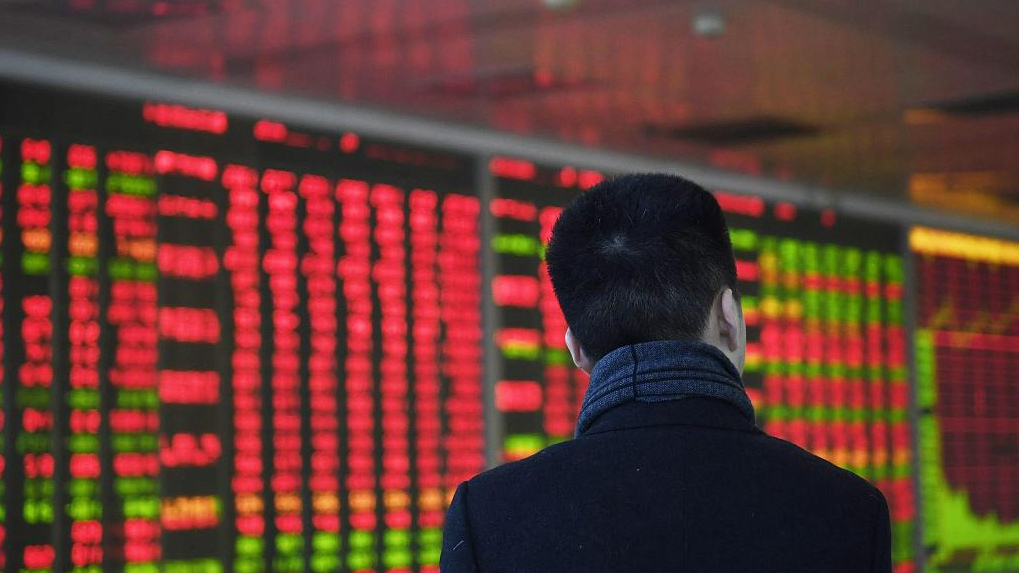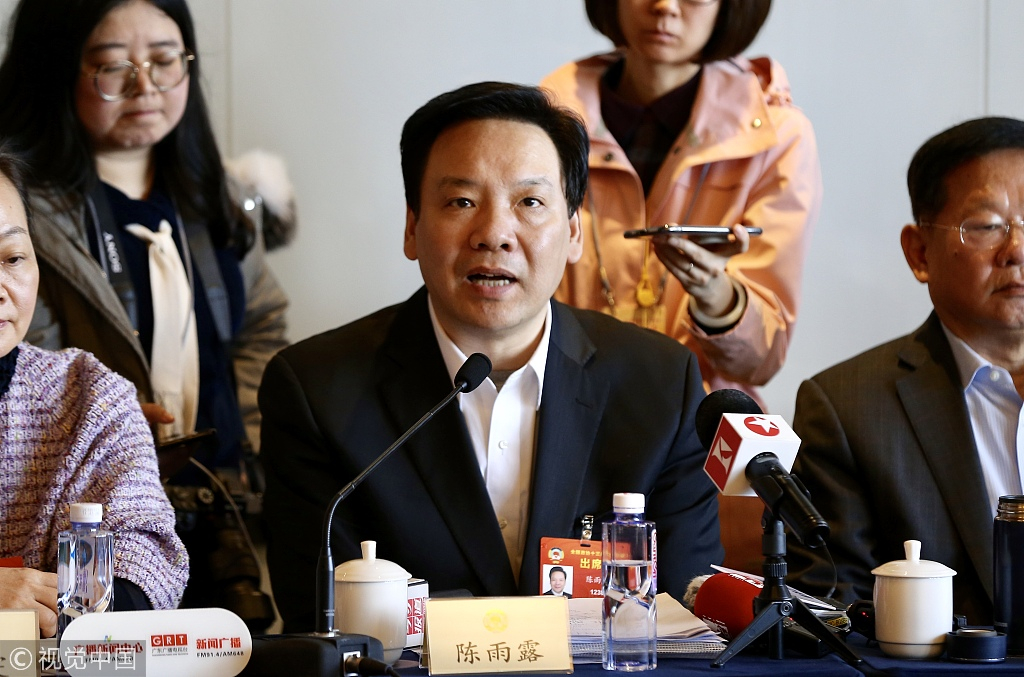
Opinion
07:44, 07-Mar-2019
Is China starting another round of loose monetary policy?
Chen Jiahe

Editor's note: Chen Jiahe is the chief strategist at Cinda Securities. The article reflects the author's opinion, and not necessarily the views of CGTN.
Social financing scale is one of the most important indexes for making monetary policies. In January, investors across the globe were shocked by China's data of social financing, which reached an astonishing amount of 4.6 trillion yuan. Speculators are betting that China is now starting another round of loose monetary policy, a very loose one.
However, this might be wrong. First, people should understand the bumpy nature of social financing data. Unlike other indicators such as the M2 (a measure of the money supply), that is much more stable, social financing data is bumpy in its own history.
In December 2016, social financing was only 1.6 trillion yuan. The next month, the data jumped to 3.7 trillion yuan and then in February 2017, it fell back to 1.1 trillion yuan. Considering the fact that the Spring Festival 2017 was in January, the actual difference between these months is even larger.
The possible reason that can explain the gap between the two indicators is that social financing data is an indicator that represents a temporary and short-term movement of the monetary condition, while M2 is more long-term and macro. The accumulation of temporary things forms the body of a long-term subject.
If we check the growth rate of M2, it was much more stable in January 2019 compared with the data of social financing. The year over year growth rate of M2 in January was 8.4 percent, just 0.3 percent higher than the growth rate of last December.
Although there was a significant cut of RRR (Reserve Requirement Ratio) conducted by the PBOC (People's Bank of China) in January, which sounds like an action that belonged to a very easing monetary policy, it was also accomplished by a large reduction of the net capital injected into the open market.
As a conclusion, China's recent operation of its monetary policy is far less eased than some investors are expecting. However, the stock market seems like reacting very aggressively toward it. The Shanghai Composite Index rose by 20 percent since the end of 2018, and the Shanghai and Shenzhen 300 Index rose by 24.5 percent.
However, investors should not take the monetary policy as the only reason behind this massive rally. There are multiple reasons behind it.

Chen Yulu, deputy director of the economic committee of the Chinese People's Political Consultative Conference (CPPCC) and deputy governor at People's Bank of China, answers reporters' questions during two sessions, March 4, 2019. /VCG Photo
Chen Yulu, deputy director of the economic committee of the Chinese People's Political Consultative Conference (CPPCC) and deputy governor at People's Bank of China, answers reporters' questions during two sessions, March 4, 2019. /VCG Photo
The first one is the very bear year that has just passed away. In 2018, China's equity market showed the second-worst performance in its own history, only better than that of 2008. As veteran investors should know, a bear market reduces valuation. Therefore it is very likely to be followed by a bull market, exactly as what we have seen in the first two months of 2019.
China's central government has also shown very serious concern about the healthy development of the equity market. Recently the newspaper China Securities Journal published an article on its front page titled ‘Stock market is a very important core competitive strength for the country'. The confidence of investors has been strongly boosted because of these gestures.
There are also some other reasons that supported the recent market rally. The easing of the trade conflict contributed partly to the supporting of market sentiment. The Spring Festival effect has also generated its influence. Statistically speaking, China's equity market is more likely to rise during the period around the Spring Festival.
Finally, during the two sessions Conferences, it is proved by historic statistics that the equity market rose in around 90 percent of the samples. It is believed that influences from new fiscal and government policies have contributed to this statistical significant phenomenon.
Therefore, I believe it is quite right to say that when investors asserted it was the super eased monetary policy that has caused the large rally in the stock market, they made two mistakes. First, the monetary policy is not that much eased. Second, the rally of the stock market is caused by many reasons, and the eased monetary policy is just one of them.
Meanwhile, in the fixed income market, the situation faced by investors might not be that optimistic. As the monetary policy might not be that eased, proved by the statement from Premier Li Keqiang that “China shall not flood its liquidity”, which was made only a few weeks ago. The bull market that has been enjoyed by fixed income investors since the end of 2017 might come close to its end.
Currently, the yield of China's ten year Treasury bond is 3.187 percent, dropped from the height of around 4 percent at the end of 2017. Unless a new height of bond price is created, this means there is not much room left for this fixed income bull market.
As Mark Twain once said: "It ain't what you don't know that gets you into trouble. It is what you know for sure that just ain't so." When investors are cheering for a “super eased monetary policy” and conducting their investment decisions accordingly, they might be making a serious mistake.
(If you want to contribute and have specific expertise, please contact us at opinions@cgtn.com)

SITEMAP
Copyright © 2018 CGTN. Beijing ICP prepared NO.16065310-3
Copyright © 2018 CGTN. Beijing ICP prepared NO.16065310-3